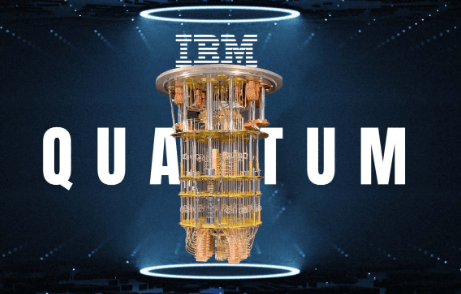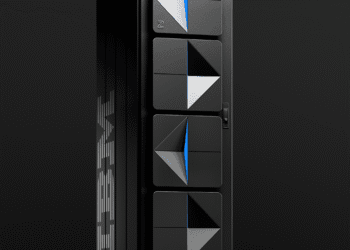DBT Bureau
Pune, 13 August 2024
Two IBM-developed algorithms have been formally included in the world’s first three post-quantum cryptography standards, which were published today by the U.S. Department of Commerce’s National Institute of Standards and Technology (NIST).
The standards include three post-quantum cryptographic algorithms: two of them, ML-KEM (originally known as CRYSTALS-Kyber) and ML-DSA (originally CRYSTALS-Dilithium) were developed by IBM researchers in collaboration with several industry and academic partners. The third published algorithm, SLH-DSA (initially submitted as SPHINCS+) was co-developed by a researcher who has since joined IBM. Additionally, a fourth IBM-developed algorithm, FN-DSA (originally called FALCON), has been selected for future standardization.
“IBM’s mission in quantum computing is two-fold: to bring useful quantum computing to the world and to make the world quantum-safe. We are excited about the incredible progress we have made with today’s quantum computers, which are being used across global industries to explore problems as we push towards fully error-corrected systems,” said Jay Gambetta, Vice President, IBM Quantum. “However, we understand these advancements could herald an upheaval in the security of our most sensitive data and systems. NIST’s publication of the world’s first three post-quantum cryptography standards marks a significant step in efforts to build a quantum-safe future alongside quantum computing.”
Quantum computers are rapidly evolving into useful, large-scale systems, as highlighted by IBM’s Quantum Development Roadmap. IBM aims to deliver its first error-corrected quantum system by 2029, capable of performing hundreds of millions of quantum operations to solve complex problems beyond classical computers’ reach. Looking ahead, the roadmap envisions expanding this system to handle up to one billion operations by 2033. Meanwhile, IBM is already enabling experts across various fields—such as healthcare, finance, materials development, and logistics—to apply and scale their challenges on emerging quantum technologies.
However, the advent of more powerful quantum computers could carry risks to today’s cybersecurity protocols. As their levels of speed and error correction abilities grow, they are also likely to encompass the ability to break today’s most used cryptographic schemes, such as RSA, which has long protected global data. Beginning with work started several decades ago, IBM’s team of the world’s foremost cryptographic experts continues to lead the industry in the development of algorithms to protect data against future threats, which are now positioned to eventually replace today’s encryption schemes.
NIST’s newly published standards are designed to safeguard data exchanged across public networks, as well as for digital signatures for identity authentication. Now formalized, they will set the standard as the blueprints for governments and industries worldwide to begin adopting post-quantum cybersecurity strategies.
In 2016, NIST asked cryptographers worldwide to develop and submit new, quantum-safe cryptographic schemes to be considered for future standardization. In 2022, four encryption algorithms were selected for further evaluation from 69 submissions chosen for review: CRYSTALS-Kyber, CRYSTALS-Dilithium, Falcon, and SPHINCS+.
In addition to continued evaluations to publish Falcon as the fourth official standard, NIST is continuing to identify and evaluate additional algorithms to diversify its toolkit of post-quantum cryptographic algorithms, including several others developed by IBM researchers. IBM cryptographers are among those pioneering the expansion of these tools, including three newly submitted digital signature schemes that have already been accepted for consideration by NIST and are undergoing the initial round of evaluation.





















